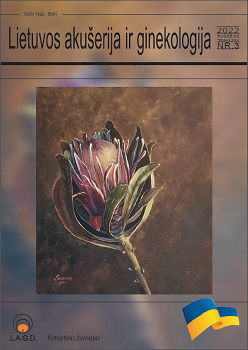IMPACT OF CONGENITAL UTERINE ANOMALIES ON PREGNANCY FOLLOWING ASSISTED REPRODUCTION
Abstract
Aim. To evaluate the impact of congenital uterine anomalies on various pregnancy outcomes after assisted reproduction. Methods. Searches were performed using PubMed and Scopus. 9 studies were included. Uterine anomalies were grouped into arcuate uteri, unification defects (unicornuate, bicornuate and didelphys uteri) and canalization defects (septate, subseptate uteri). Analyses were performed using RevMan 5. Results. Uterine anomalies increase rates of miscarriage (RR, 1.4; 95 % CI, 1.18–1.67), preterm birth (RR, 1.88; 95 % CI, 1.39–2.54) and cesarean section (RR, 1.08; 95 % CI, 1.02–1.14) after assisted reproduction. Unification defects were associated with reduced clinical pregnancy rates (RR, 0.88; 95 % CI, 0.81–0.96) and increased risk of miscarriage (RR, 1.4; 95 % CI, 1.16–1.69), preterm birth (RR, 1.9; 95 % CI, 1.23–2.96) and cesarean section (RR, 1.08; 95 % CI, 1.01–1.15). Canalization defects were linked to higher rates of miscarriage (RR, 3.26; 95 % CI, 1.45–7.31) and cesarean section (RR, 1.53; 95 % CI, 1.05–2.23). Conclusions. Uterine unification defects result in lower rates of clinical pregnancy in women conceiving after assisted reproduction technology. Unification defects are associated with preterm birth. Both unification and canalization defects increase rates of miscarriage and cesarean section.

